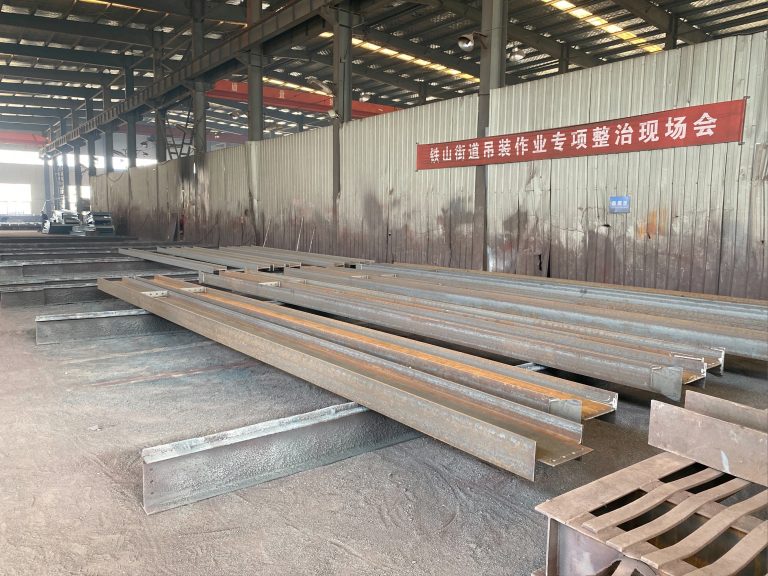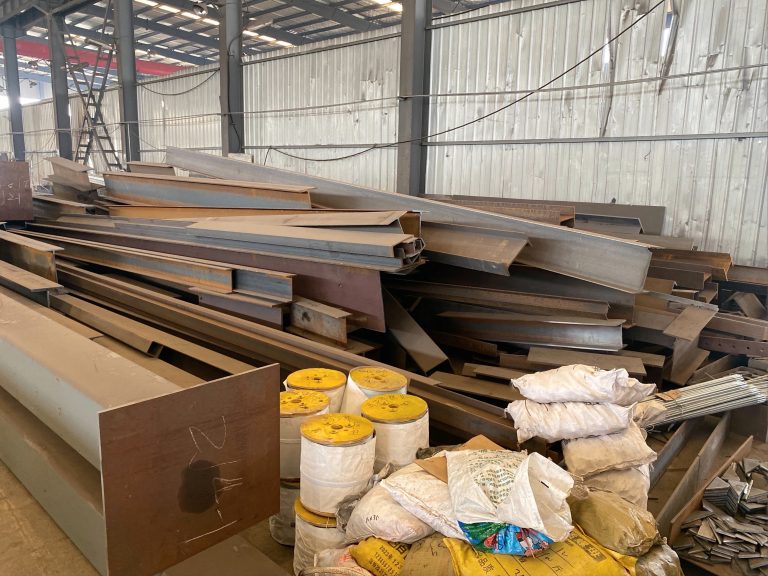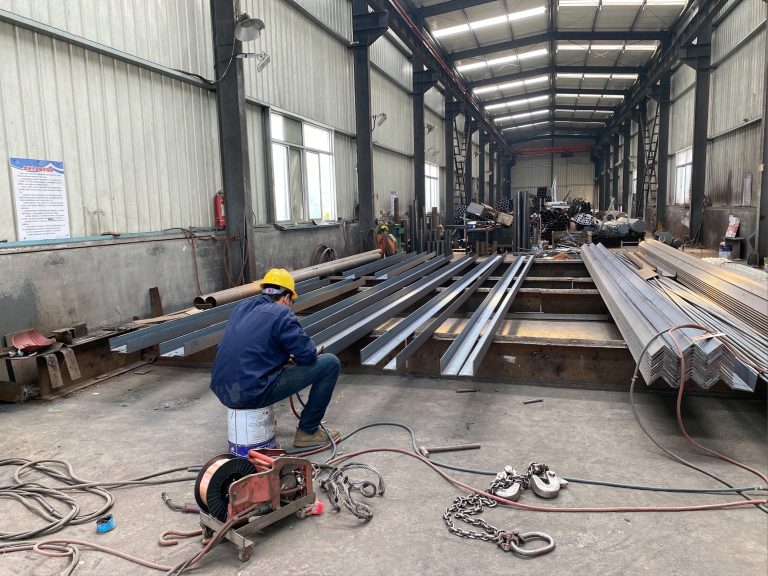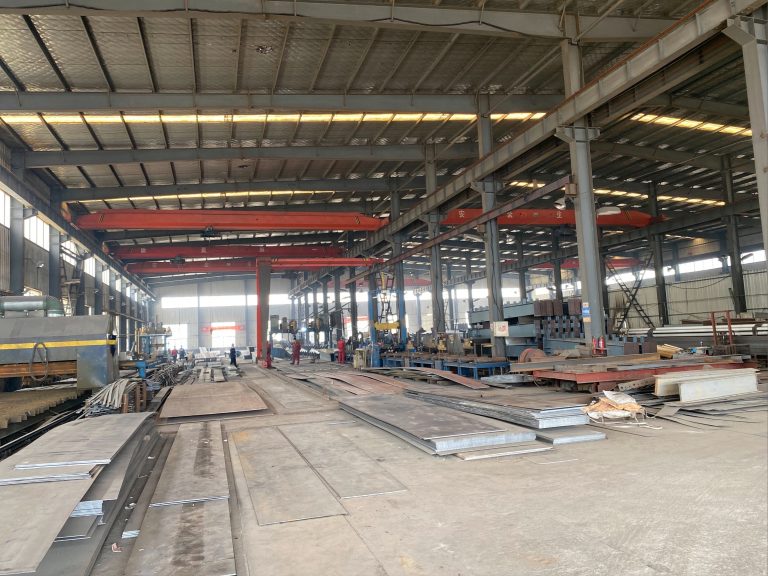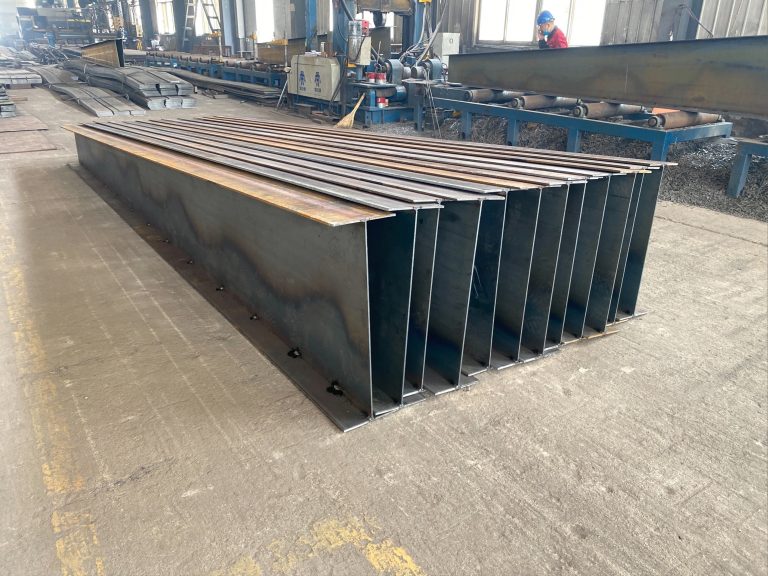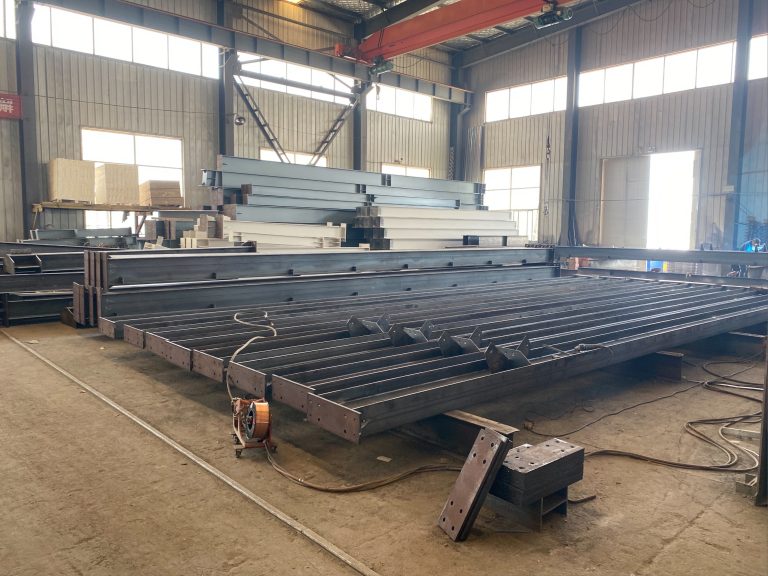Analysis of promoting effect of joint utilization of solar panel and breeding shed on sustainable utilization of agricultural resources
Benefits of Joint Utilization of Solar Panels and Breeding Sheds in Agriculture
The joint utilization of solar panels and breeding sheds in agriculture has been gaining attention in recent years due to its potential to promote sustainable utilization of agricultural resources. By combining these two technologies, farmers can not only reduce their energy costs but also improve the overall efficiency of their operations. In this article, we will analyze the promoting effect of this innovative approach on sustainable agriculture.
One of the key benefits of using solar panels in conjunction with breeding sheds is the ability to generate clean and renewable energy. Solar panels harness the power of the sun to produce electricity, which can then be used to power various operations on the farm, including lighting, heating, and ventilation systems. By relying on solar energy, farmers can reduce their dependence on fossil fuels and lower their carbon footprint, contributing to a more sustainable agricultural industry.
In addition to reducing energy costs and environmental impact, the joint utilization of solar panels and breeding sheds can also improve the overall efficiency of agricultural operations. By integrating solar panels into the design of breeding sheds, farmers can create a more energy-efficient and self-sustaining system. For example, excess electricity generated by the solar panels can be stored in batteries and used during periods of low sunlight, ensuring a continuous and reliable power supply for the breeding sheds.
Furthermore, the use of solar panels can also help farmers to diversify their income streams. In many regions, farmers can sell excess electricity generated by their solar panels back to the grid, providing them with an additional source of revenue. This can help to offset the initial investment costs of installing solar panels and breeding sheds, making the technology more accessible to a wider range of farmers.
Another promoting effect of the joint utilization of solar panels and breeding sheds is the potential to improve the welfare of livestock. By incorporating solar panels into the design of breeding sheds, farmers can create a more comfortable and sustainable environment for their animals. For example, solar-powered ventilation systems can help to regulate temperature and humidity levels, reducing stress and improving the overall health and productivity of the livestock.
Overall, the joint utilization of solar panels and breeding sheds in agriculture offers a range of benefits for farmers, the environment, and the livestock. By harnessing the power of the sun to generate clean and renewable energy, farmers can reduce their energy costs, lower their carbon footprint, and improve the efficiency of their operations. Additionally, the use of solar panels can help farmers to diversify their income streams and improve the welfare of their livestock.
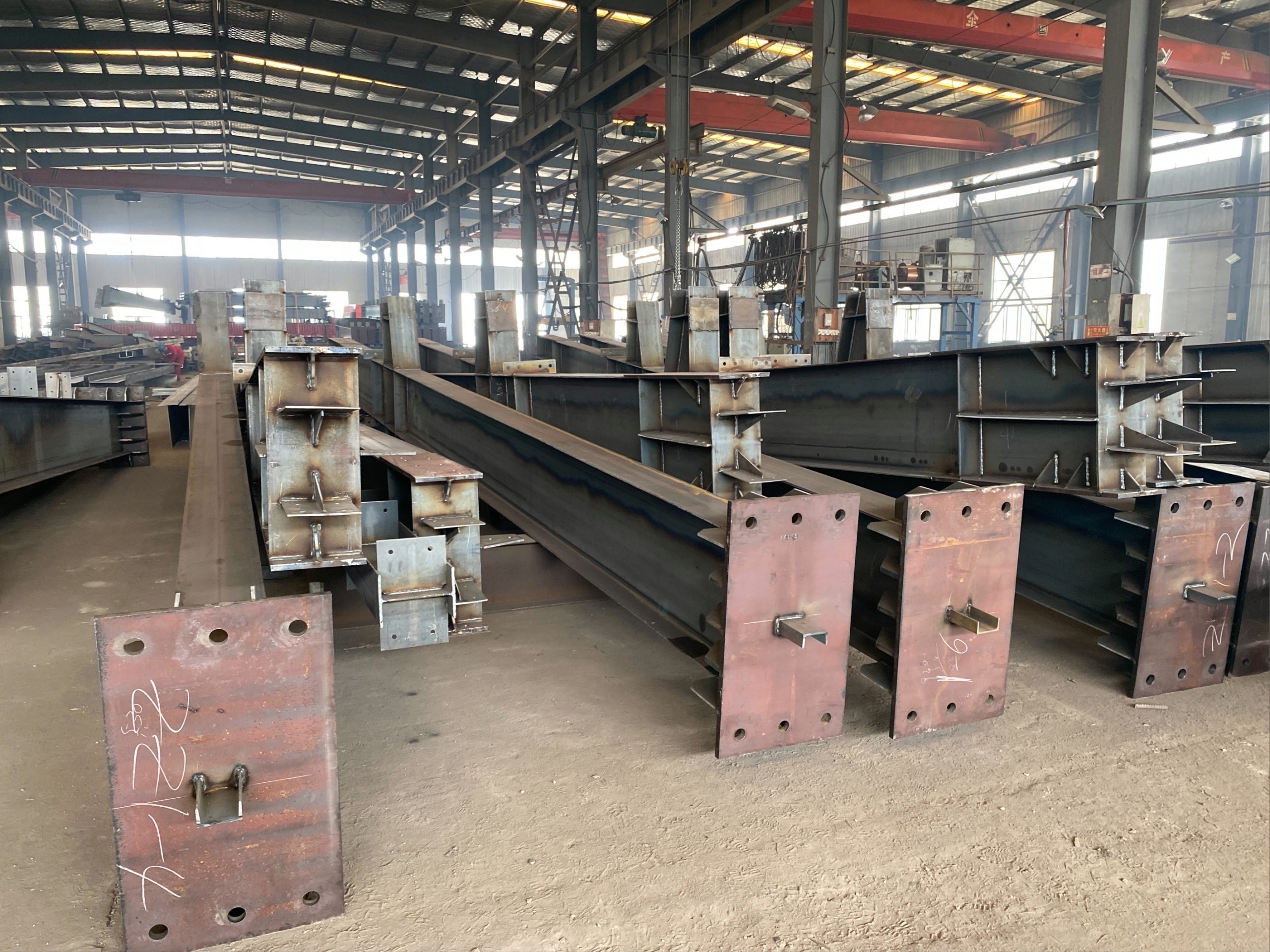
In conclusion, the promoting effect of the joint utilization of solar panels and breeding sheds on sustainable agriculture is clear. By combining these two technologies, farmers can create a more efficient, self-sustaining, and environmentally friendly system that benefits both the farm and the surrounding environment. As the agricultural industry continues to evolve, the joint utilization of solar panels and breeding sheds will play an increasingly important role in promoting sustainable utilization of agricultural resources.

